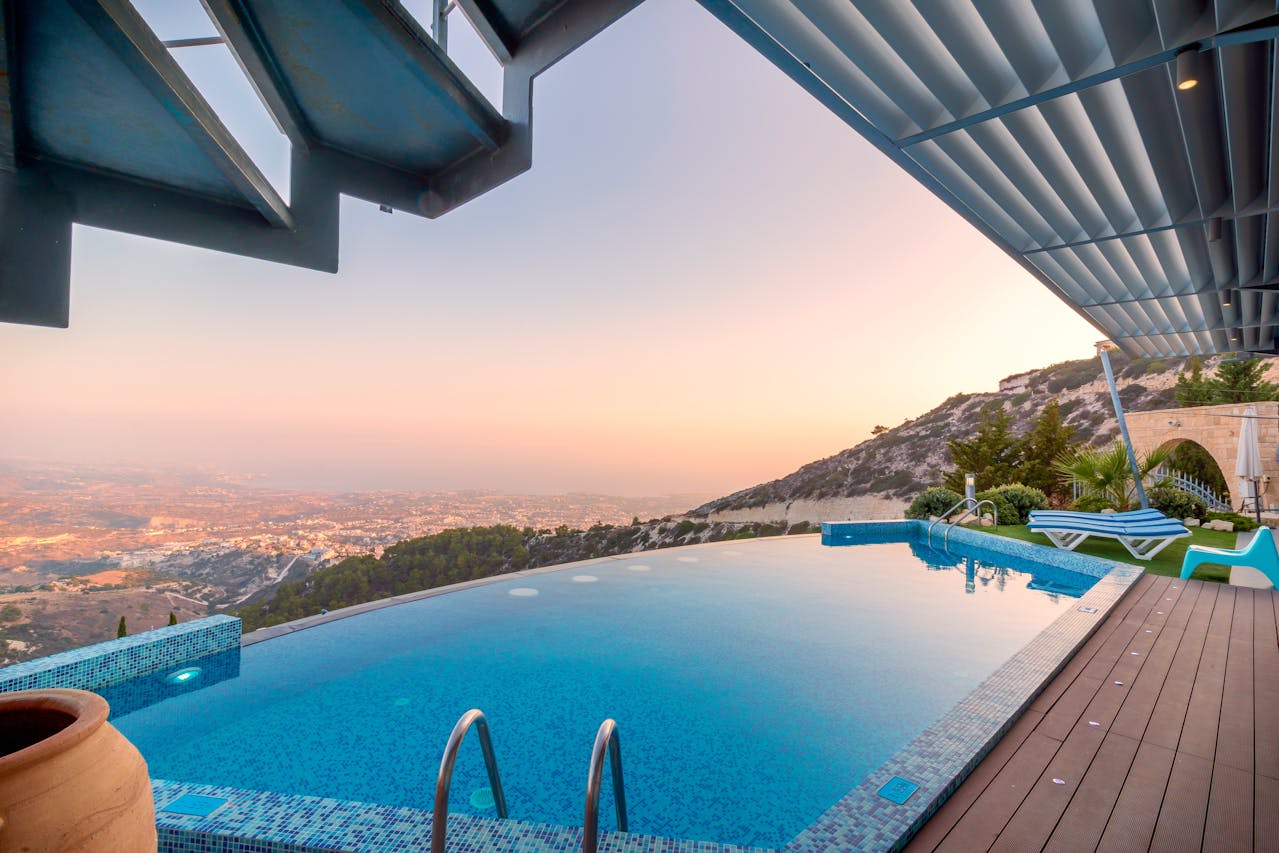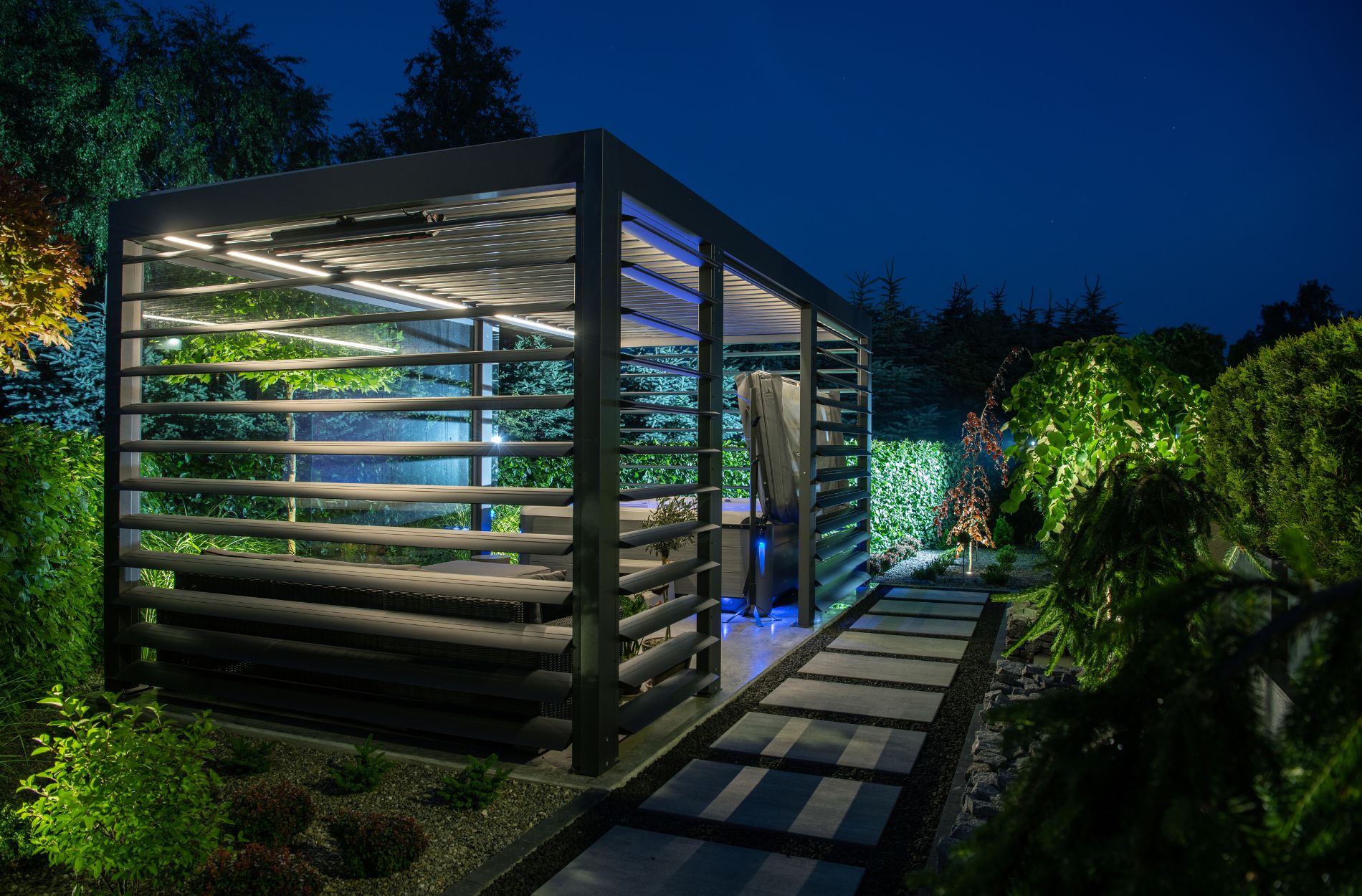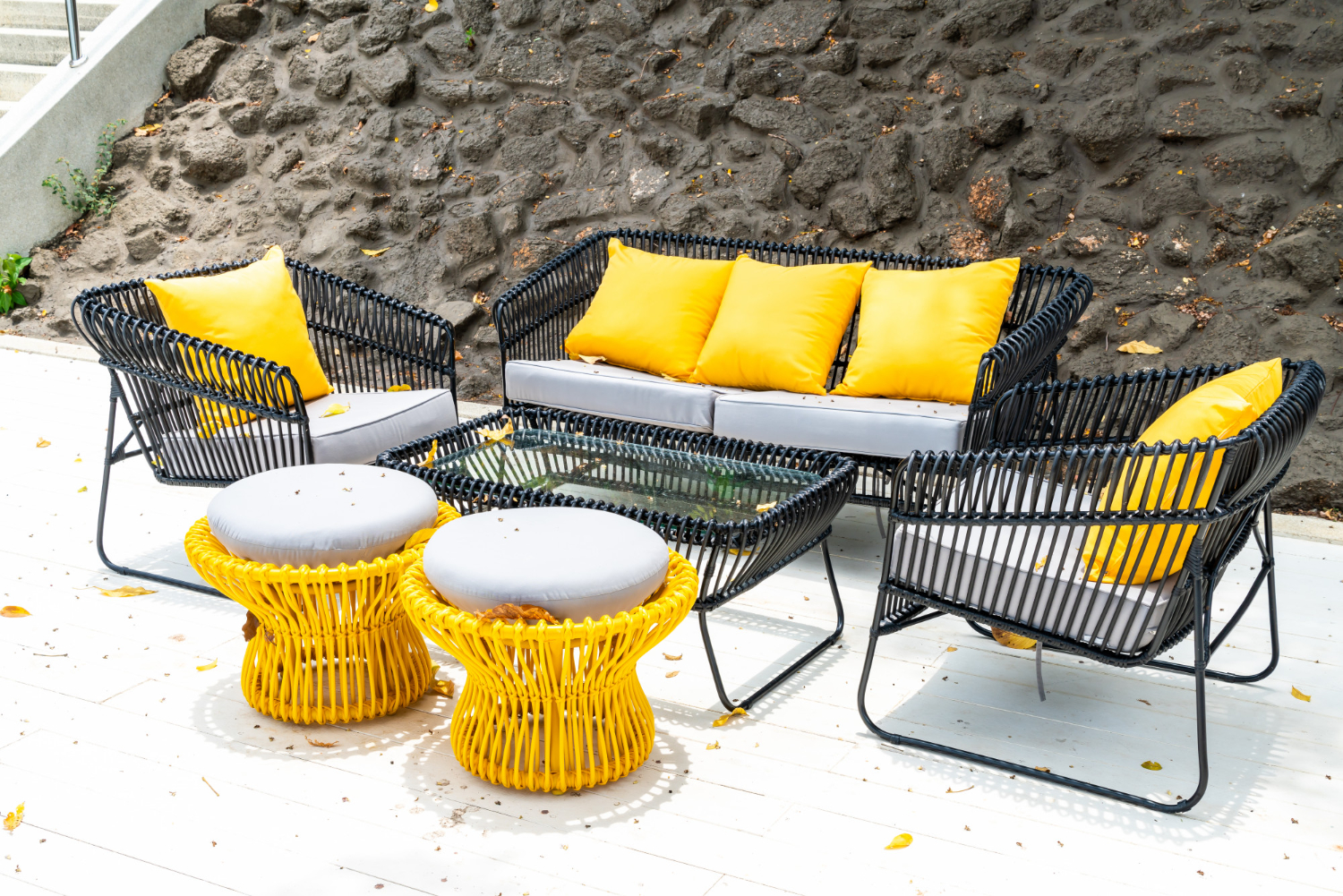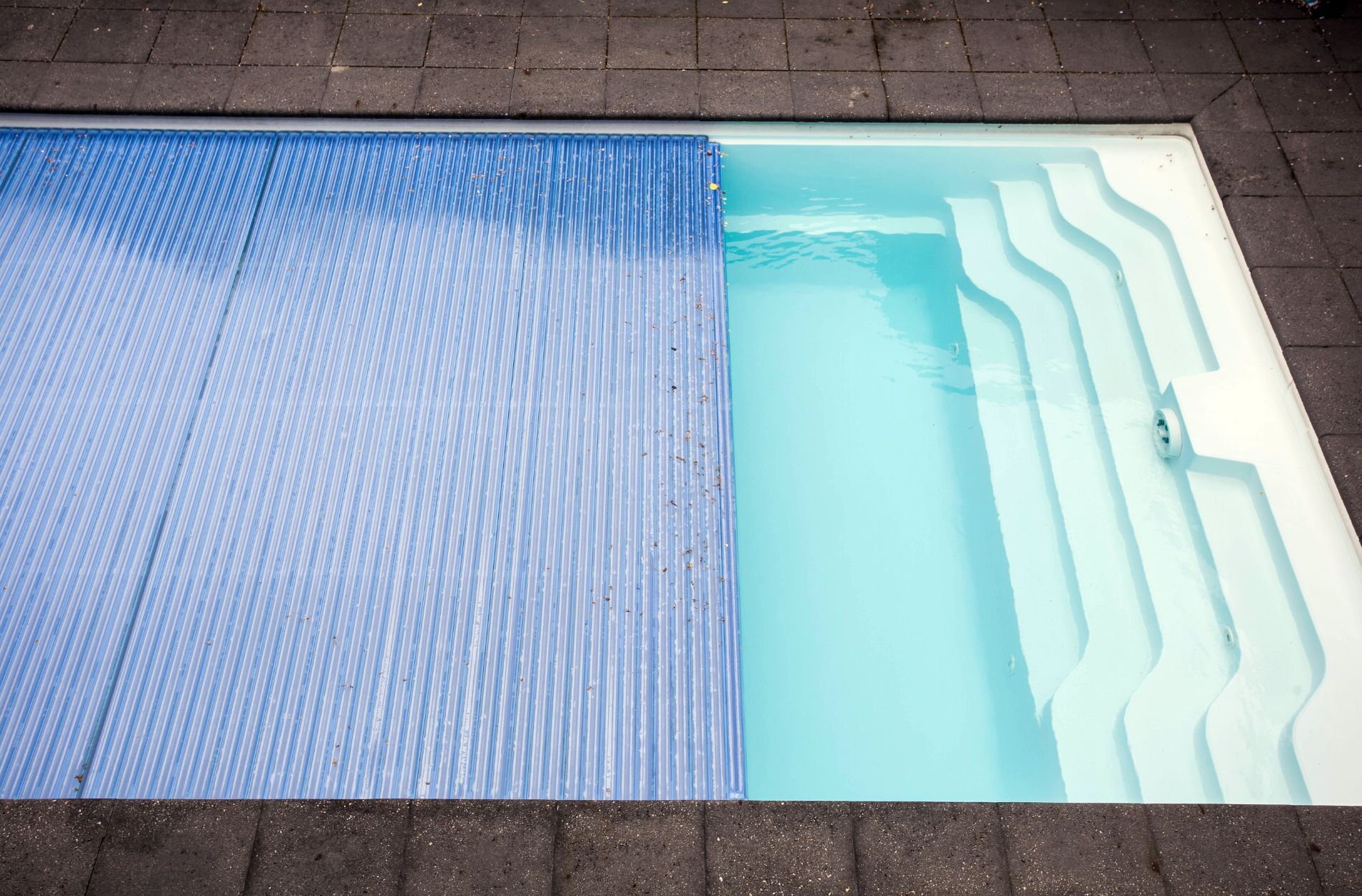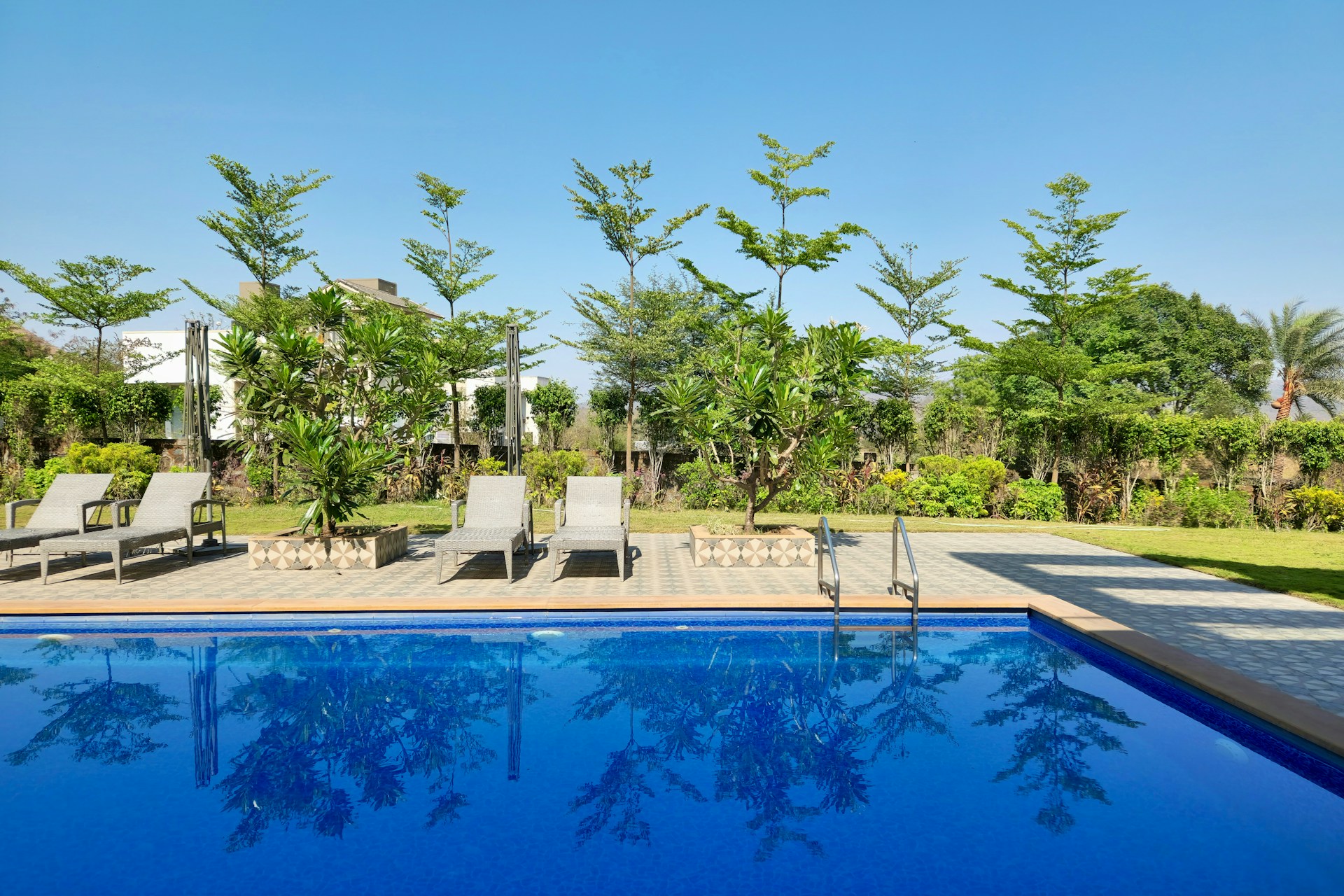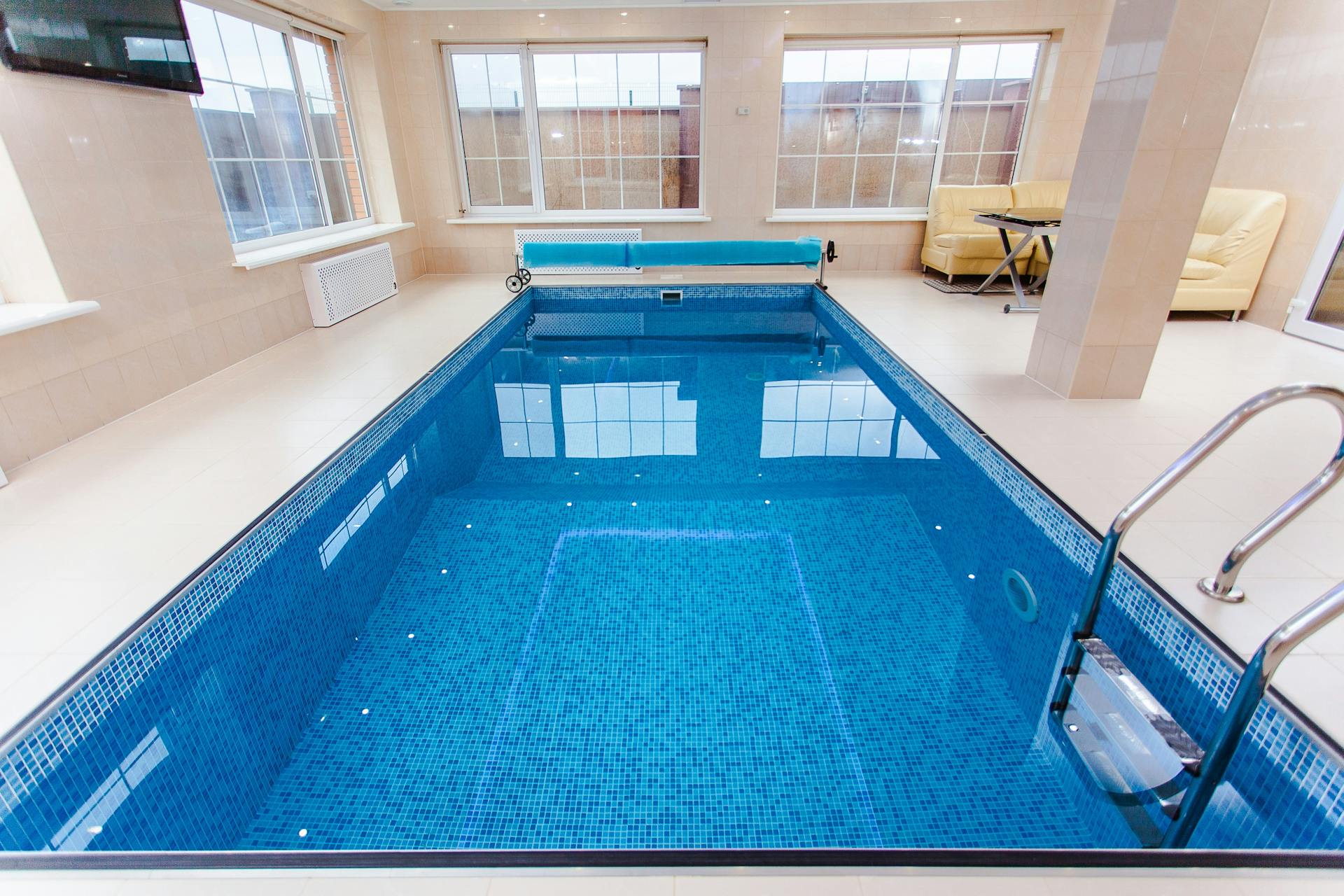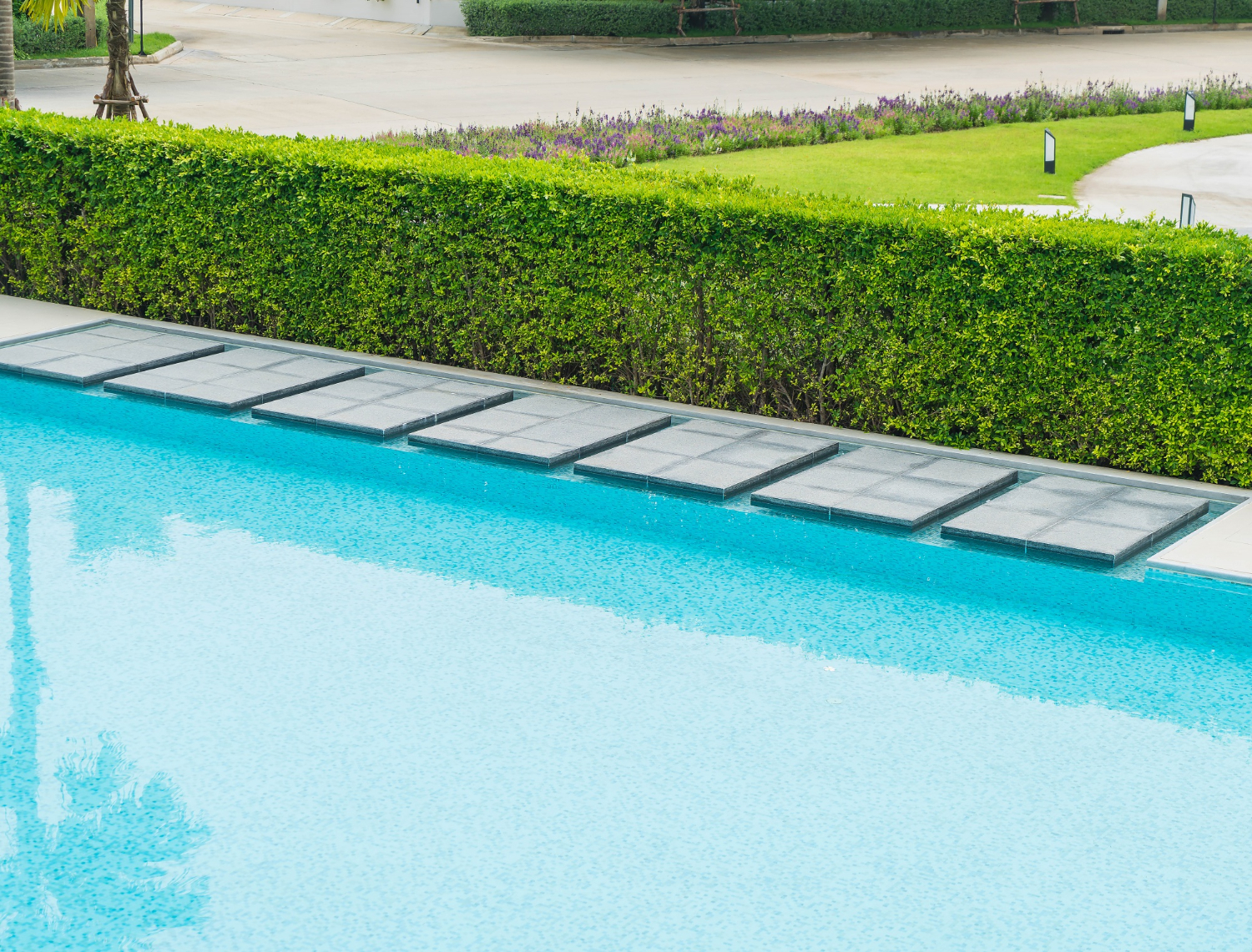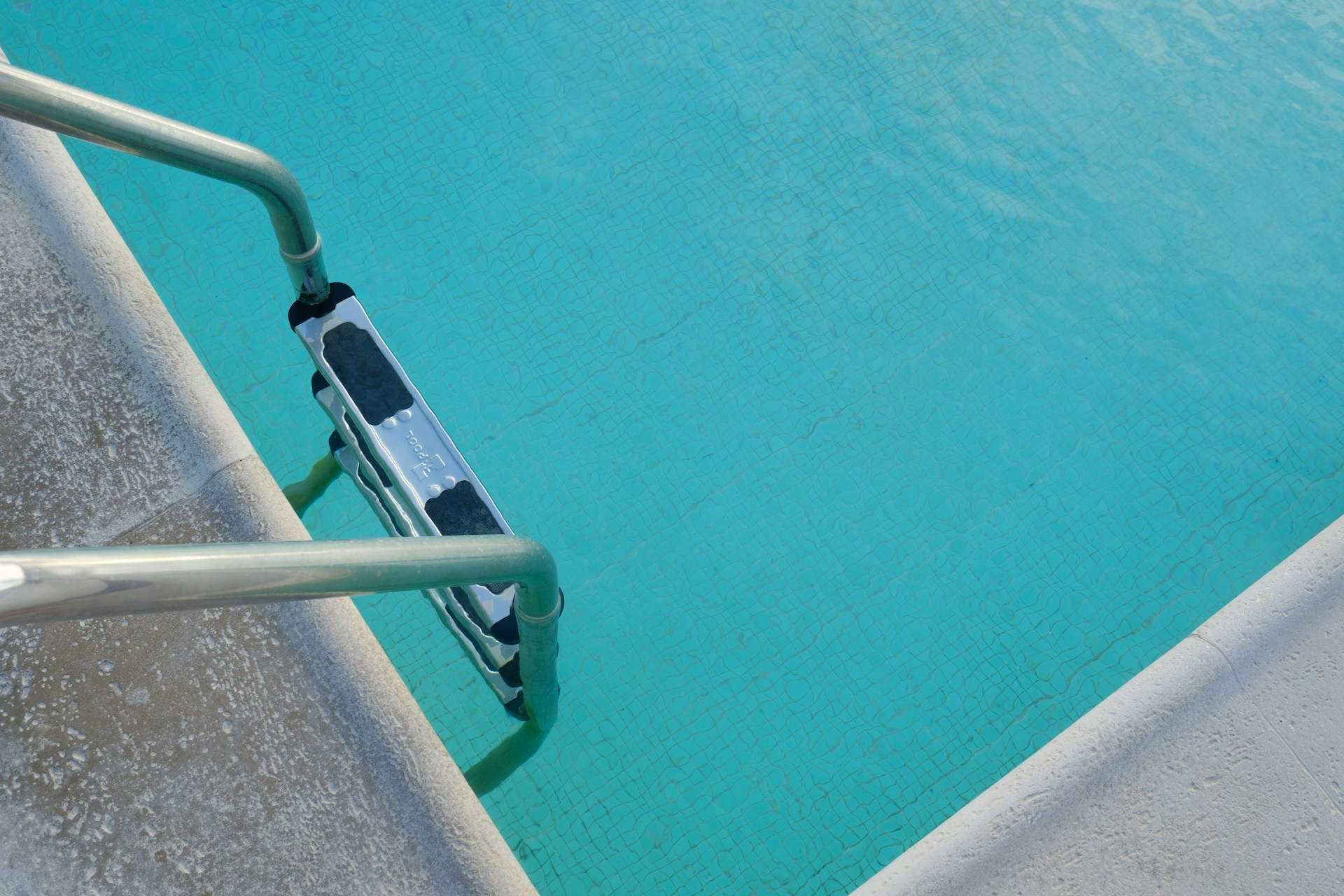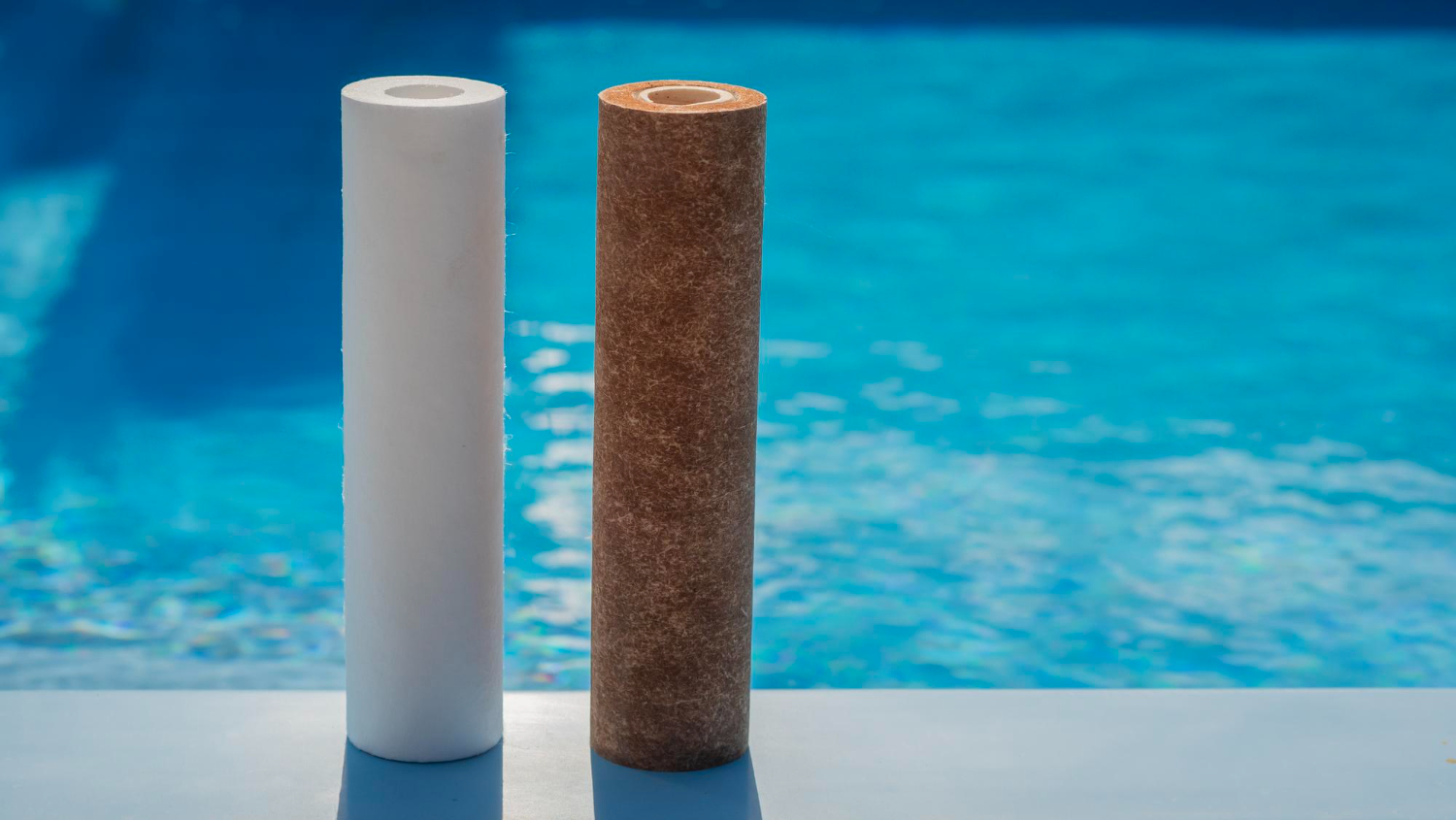Owning a pool is a lot of fun, but it also comes with responsibilities. One of the best ways to take care of your pool is by using a cover. Pool covers come in different types, each offering unique benefits. From keeping the water warm to protecting it during winter, there’s a cover for every need.
A pool cover can do more than just keep leaves out. It helps save energy, offers protection in cold weather, and can even make the pool safer. Choosing the right cover can help reduce maintenance, save money, and provide peace of mind. It’s an investment that pays off in many ways.
In this article, we will explore the various types of pool covers and how they can help you. Understanding these options can help you make the best choice for your pool, ensuring it’s ready for swimming whenever you are.
Benefits of Using Pool Covers
Pool covers are an essential tool for pool owners that provide a range of benefits that make managing a pool easier and more efficient. One of the most significant advantages of using a pool cover is reducing water evaporation. Pools can lose a lot of water through evaporation, and covering them helps keep this in check. This means you don’t have to refill your pool as often, which can save water and lower your water bill.
Keeping debris out of the pool is another major benefit. Leaves, dirt, and other unwanted items can quickly make your pool dirty, but a cover acts as a barrier, keeping these things out. This means less time spent cleaning and more time enjoying a swim. Using a cover also means you’ll need fewer chemicals to keep your pool water clean, as there’s less contamination.
Pool covers also help in maintaining water temperature. By trapping heat, pool covers can keep the water warmer, making it more comfortable to swim even as temperatures dip. This can also reduce the need for pool heaters, saving on energy costs.
Safety is another important reason to use a pool cover. While a cover is on, it’s a deterrent to kids or pets accidentally falling into the pool. It serves as a protective layer, though it’s crucial to remember that it’s not a substitute for proper supervision and fencing.
Lastly, using a pool cover is environmentally friendly. It conserves water, energy, and reduces the use of chemicals needed. These benefits make pool covers an effective way to take care of your pool while being mindful of the environment.
Solar Pool Covers: Energy Efficiency and Warmth
Solar pool covers are a fantastic option for pool owners looking to increase energy efficiency while keeping the water warm. These covers are designed to harness the sun’s rays to heat your pool naturally. Made from a special plastic material that looks like bubble wrap, solar covers float on the surface of the water and help retain heat.
One of the key benefits of solar pool covers is their ability to raise the water temperature. By using solar energy, these covers can increase water temperature by up to 15 degrees Fahrenheit. This makes swimming more comfortable in cooler weather and extends your swimming season without the need for additional heating.
Solar covers are also energy savers. By reducing the need for traditional heaters, they can significantly lower energy bills. This is especially important during those months when pool heating costs can skyrocket. Additionally, they minimize evaporation, which means less water is wasted and you don’t need to refill your pool as often.
Maintenance and usage of solar covers are straightforward. Simply spread the cover over your pool when it’s not in use. Roll it up or store it when you’re ready to swim. Many pool owners find that using a solar cover reel makes the process even easier.
These covers also offer the same protective benefits against debris as other covers, keeping leaves and dirt out of the pool water. Overall, solar pool covers are a great investment for those looking to keep their pool warm, reduce energy consumption, and cut costs while enjoying the benefits of a cleaner pool.
Winter Pool Covers: Essential for Cold Weather Protection
Winter pool covers are a must-have for pool owners, especially in areas that experience cold weather. These covers provide crucial protection during the off-season, ensuring your pool stays in top condition when it’s not in use. Designed to withstand harsh weather conditions, they keep the pool clean, safe, and undamaged by snow, ice, and debris.
A key benefit of winter pool covers is their ability to protect the pool surface and structure from damage. Ice and debris can cause significant wear and tear over the colder months, leading to costly repairs. By covering your pool, you shield it from these elements, helping to extend the lifespan of your pool.
Winter covers also help reduce maintenance when the swimming season comes back. They keep out leaves, twigs, and dirt, preventing accumulation in the pool. This means less cleaning when you’re ready to open the pool again, making the process faster and hassle-free.
Another advantage is the prevention of algae growth. Algae need light to thrive, and a quality winter cover blocks sunlight effectively, keeping algae at bay. As a result, your pool water stays clearer, and you need fewer chemicals to restore its condition when the cover comes off.
When choosing a winter pool cover, consider materials that provide durability and strength, such as heavy-duty vinyl or polyethylene. Properly securing the cover with water bags or other anchoring systems prevents it from being blown away by strong winds, maintaining full protection throughout the season.
Safety Pool Covers: Enhancing Pool Safety for Families
Safety pool covers provide an extra layer of protection for families, particularly those with young children or pets. These covers are designed to prevent accidental falls into the pool when it is not in use, providing peace of mind for homeowners.
Safety covers are made from strong, durable materials like mesh or solid vinyl, which can support the weight of a person or pet. They are anchored securely around the pool, ensuring they stay in place. With a safety cover, even if someone tries to step onto the pool surface, the cover will hold firm, preventing mishaps.
These covers serve more than just a safety function. They also keep the pool water clean by blocking out debris and minimizing algae growth. This makes maintenance easier and more efficient when it’s time to enjoy the pool again. By keeping out contaminants, you also save on the use of chemicals to balance the water once the cover is removed.
When looking for a safety pool cover, ensure it fits your pool type and shape properly. A proper fit enhances its effectiveness. It’s also crucial to regularly check and maintain the anchors and straps to ensure the cover remains secure throughout the year.
Conclusion
Pool covers are a smart investment, providing numerous benefits that make pool ownership more enjoyable and less burdensome. There are covers suitable for different needs and seasons, from solar covers that harness energy for warmth to winter covers that protect against cold weather. Safety covers offer essential protection, ensuring families can enjoy their pools without worry.
Choosing the right pool cover can drastically improve your swimming experience while saving money on maintenance and energy costs. By understanding the types of pool covers available, you can select the one that best suits your needs, contributing to both the longevity of your pool and your peace of mind.
Explore the variety of pool covers available at Cincinnati Pool & Patio. We can help you find the perfect cover to match your needs, ensuring your pool remains safe, clean, and ready for fun throughout the year. Contact us today for expert advice and quality pool supplies in Cincinnati Ohio that enhance your backyard experience.


